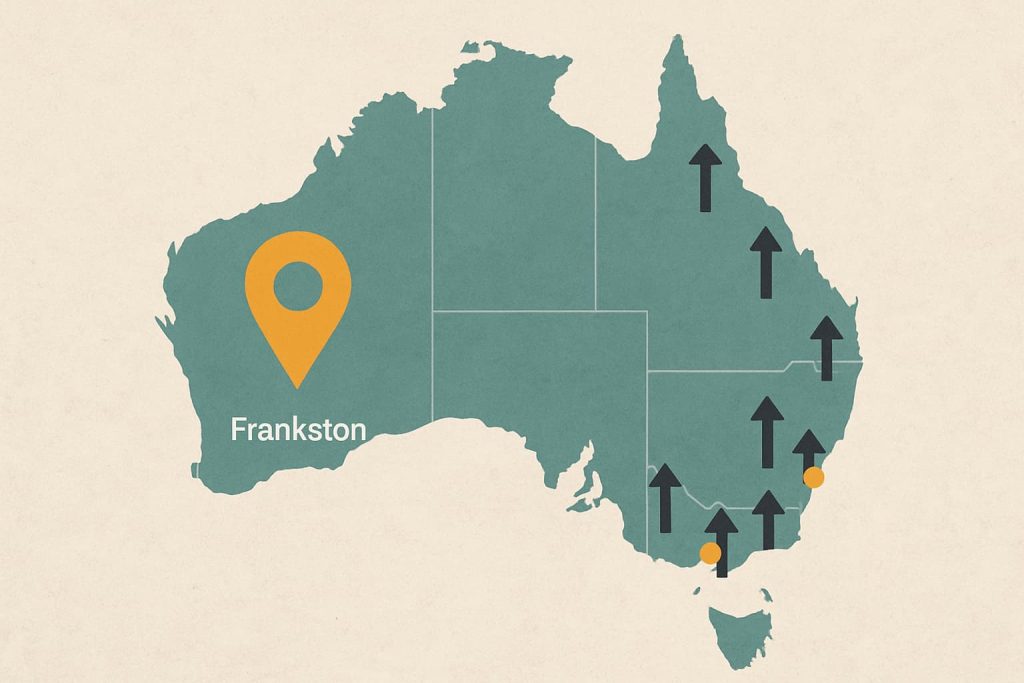Refinancing your home or commercial loan means you transfer it over to a different loan product or to a different lender.
When you refinance you are aiming to get lower interest rates, better features and flexibility, use your loan equity or consolidate your debt.
It’s a great way to get the most value out of your money and can be essential to ensure your finances adapt to fit the ever-changing market trends and your own personal situation which can also change over time.
The most obvious reason you would look to finance would be to getter a better interest rate and/or loan product from a different financial institution.
Refinancing is also a good idea if you want to access the equity in your property to fund other major life purchases.
Likewise, it can be an effective way to consolidate all your debts into a single credit facility which can reduce your debt payments.
Once you’ve sat down to work out your financial position and goals for the next few years, you can get cracking on a refinance deal.
The first step is to work out what you need and what your options are. You want lower rates obviously, but you also want those rates to stay competitive beyond the near term. You need to evaluate the interest rate, loan flexibility, loan fees and customer service before rolling over your loan to something new.
It’s best to discuss your new loan needs with your existing lender or broker, who might go the extra length to keep you if you’re a valued customer. Brokers can be very helpful leaning on existing lenders to get a better deal to save you having to take your business to another financial institution.
Once you’re ready to pull the trigger, applying for a refinanced loan is similar to applying for a loan in the first place. If you have been offered a better deal by your existing bank you won’t need to do as much paperwork as having to move to another provider.
If your credit rating, income or debts have changed, or you have no equity in your property, you’ll need to be assessed again to ensure your finances can service your new loan.
After you’ve submitted your application you wait for finance approval, which will take longer if it’s a new lender. Your loan documents will be sent to your solicitor if you use one if approved and then they’ll be ready for you to sign and the loan will settle.
It’s a good idea to continually reassess the loan every few years to make sure it’s always working as hard as possible for you.
Just finally, while the point of refinancing your loan is to end up ahead financially, there are some costs that you’ll incur, and as a general rule, it’s better to avoid refinancing if those costs are higher than the benefits in the short-to-medium term.
Loan refinancing costs can typically include exit costs, establishment fees, loan approval fees, settlement/administration fees, additional mortgage stamp duty and lenders mortgage insurance, mortgage registration and account fees on the new loan.



